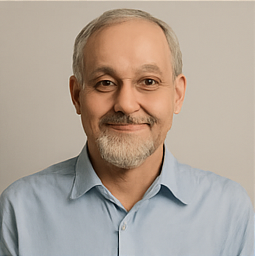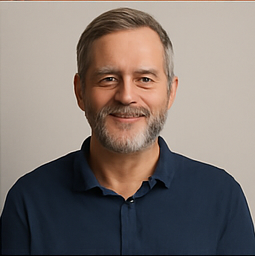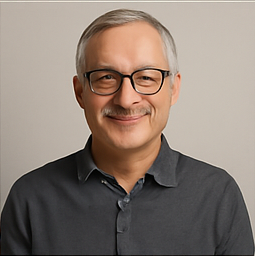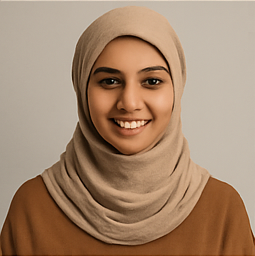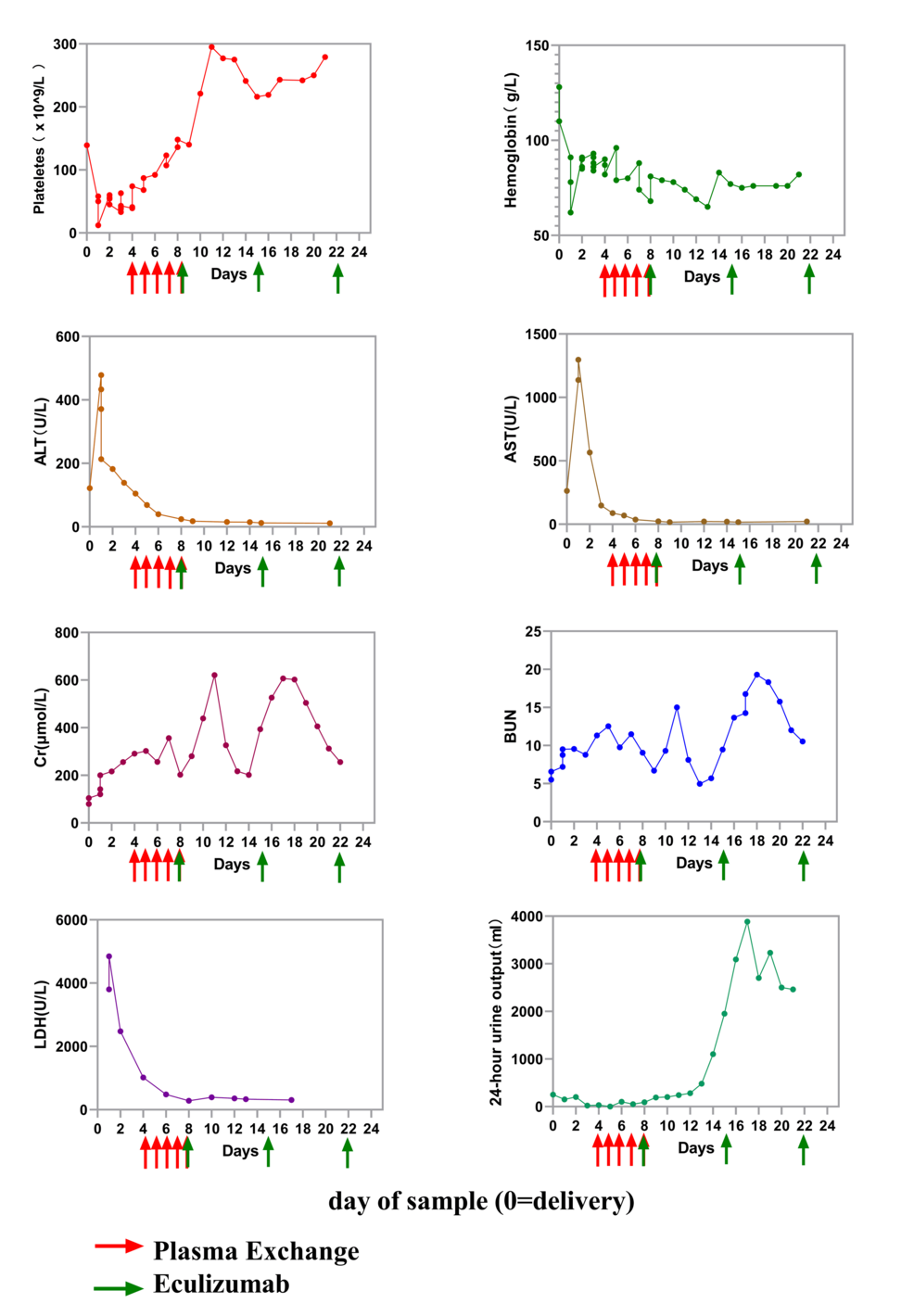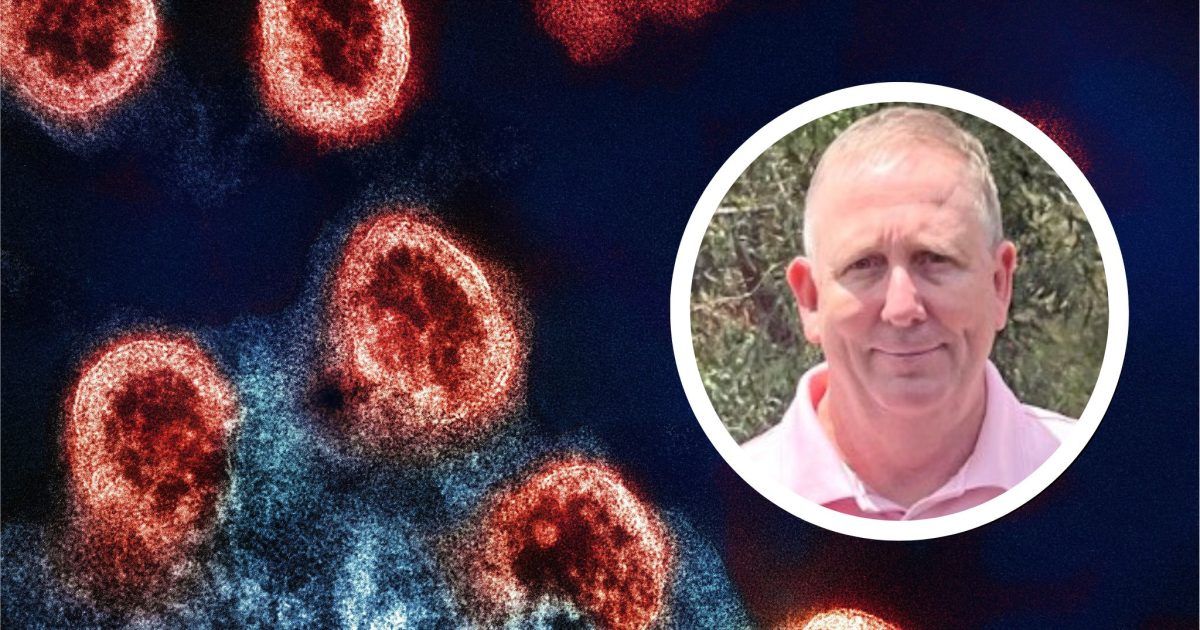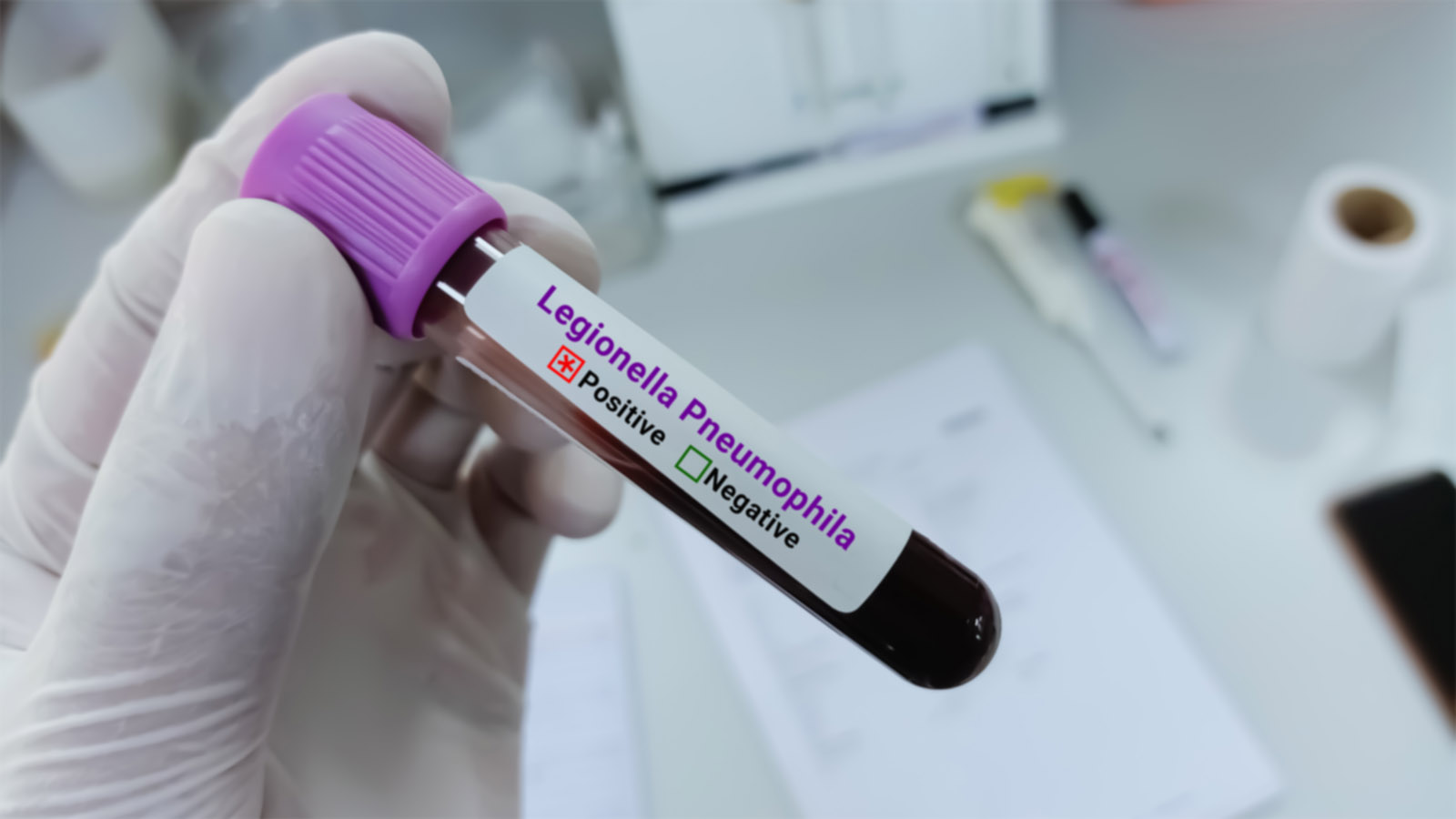Robotic Surgery Breakthrough: How Two Robots Saved a Patient's Voice!
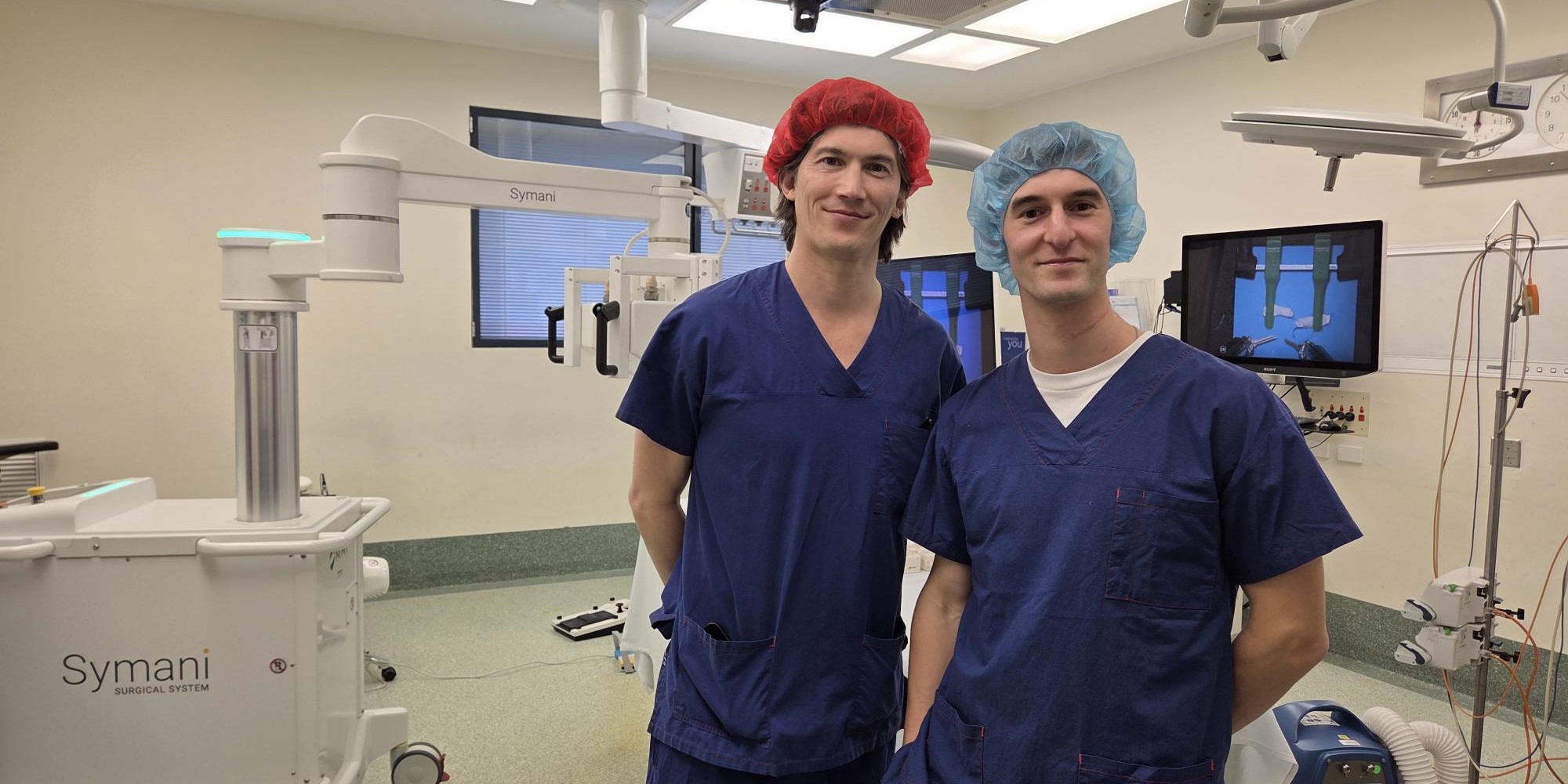
Imagine facing the terrifying prospect of losing your voice forever, but then witnessing a miraculous medical breakthrough that not only saves your speech but also changes the landscape of surgery as we know it. In a world-first procedure, two advanced robotic surgery systems—the da Vinci and the Symani—joined forces to remove a throat tumor from a 27-year-old man named Jordan, preserving his ability to speak and eat. This groundbreaking achievement marks a significant leap in robotic precision and surgical innovation.
St. Vincent’s Hospital, Australia’s largest not-for-profit provider of health and aged care services, is now home to this revolutionary surgery that merges two cutting-edge robotic systems. The procedure was spearheaded by Professor Ben Dixon, Director of ENT/Head and Neck Surgery, alongside Ed Morrison, a Plastics and Reconstructive Surgeon.
Jordan was diagnosed with a sarcoma located just above his voice box. Initially, medical professionals recommended a laryngectomy, a drastic procedure that would have meant permanently removing his voice box. However, thanks to the dual robotic systems, the surgical team was able to preserve Jordan’s larynx and successfully remove the tumor. The operation was a resounding success, and Jordan will not need any further treatment.
Utilizing the da Vinci robot, Professor Dixon made precise internal throat incisions to remove the tumor while minimizing disruption to crucial structures such as the tongue and jaw. Following this, Dr. Morrison employed the Symani robot to meticulously repair tiny vessels, as small as 1-1.5mm in diameter, using transplant tissues from Jordan's thigh and achieving a multi-layered closure of the hypopharynx. This ensured near-normal speech and swallowing for Jordan, marking a new chapter in his life.
The da Vinci surgical system revolutionizes minimally invasive surgery, allowing doctors to perform complex procedures with superior precision and control. With a three-dimensional, high-definition view of the surgical site, surgeons benefit from enhanced visual clarity, translating hand motions into minute actions within the patient’s body. This technology not only provides better outcomes but also significantly reduces scarring and recovery times.
On the other hand, the Symani robotic system is designed specifically for microsurgery, enabling surgeons to work on microscopic structures such as nerves and blood vessels with extraordinary precision. Mimicking the natural motion of a human wrist, it allows for intricate movements that traditional methods simply cannot achieve.
St. Vincent’s Hospital is the first in Australia to utilize the Symani, which is part of the newly created Clinical Microsurgery Robotic Unit. Currently, the Symani is being used for various procedures including breast reconstruction, sarcoma, and head and neck cancer surgeries, with promising potential for broader applications. One of its standout features is its capacity to reduce surgeon fatigue, enabling medical professionals to concentrate on the intricacies of their work without the physical strain of traditional methods.



